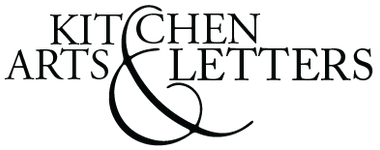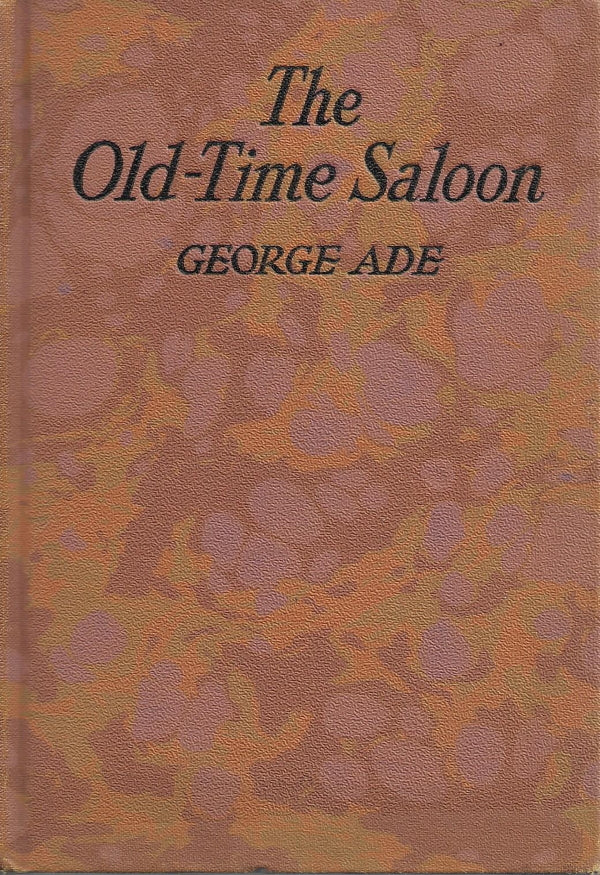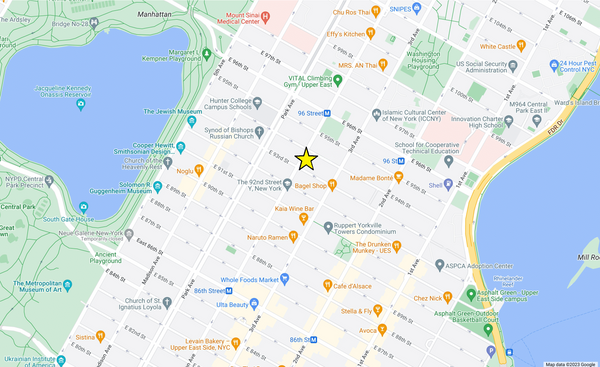OP: The Old-Time Saloon
Nach has a weakness for chatty old books like this: affectionate profiles of a bygone—maybe a person, maybe a place on a map, maybe an oddball object like a peculiarly shaped boulder that has a story attached to it or some ancient custom that is deeply respected, although no one has any idea why. In this case, though, we’re talking about an institution that dates to the caupona of the Romans or—who knows?—maybe back to the caves.
These are the watering holes—the spots, what we now call the “third places,” where a soul can go and get recharged with a drop or two to drink and, depending on the moment, either an abundance of good chat or a spell of solitude in the midst of a noisy crowd. They call these places by many names—pubs, of course, in the UK—but here in the US they used to be called saloons.
Written by Indiana-born journalist and humorist George Ade (1866-1944), this appreciation of those social establishments that were the special target of the Volstead Act and the 18th Amendment claims to maintain an open mind about temperance and to take no sides between “the extreme Drys or the extreme Wets” or even that “in-between population…the Slightly Moist.”
Ade just wants to tell his tale—and a great one it is—in fifteen lively chapters. Wish we could name them all, but might mention here to whet (wet?) your palate: Discussing Wickedness, The Free Lunch, The Bar-Keep, The Regulars, Sentiment and Traditions. We’re talking about 1931 here—ninety years ago—and there’s not a creaky bone in this whole zesty story. No ethnologist, clutching notebook and pencil, could record and report about this world with greater fidelity. No troubadour who saw it all first hand could provide us a better and a more feeling ballad.
And, astonishingly, that is not even all. This book was written at the time when the great popular artists—who knew life and good humor—were at their peak in the New Yorker and the other fresh new magazines of the period. So there are drawings here from the pens and the brushes of an array of talent not often encountered in one place at one time. The great Gluyas Williams is there, as are Rea Irvin, John Held Jr., James Mongomery Flagg, H.T. Webster (creator of The Timid Soul, for those old enough to remember) and even one R.L Goldberg, presumably known to his friends as “Rube.”
Prohibition came to an end in 1933, and the second World War altered the world of the saloons, as it did so many other American institutions. The story, however, is a durable one. Although the term “saloon” is now rarely used except in an historical context, the sentiment underlying “Cheers” and other modern representations shows that the “third place” is a valued ingredient in the lives of many. This totally satisfying book reminds us of its roots.
Our copy is a first edition, lacking, we’re sorry, its dust jacket, but it is in superb condition, clean and fresh looking inside and with an attractive case you’ll be pleased to hold as you chuckle your way through. If you do decide to go for it, please don’t just pop it on your shelf. Do read it. It’s a treat.


